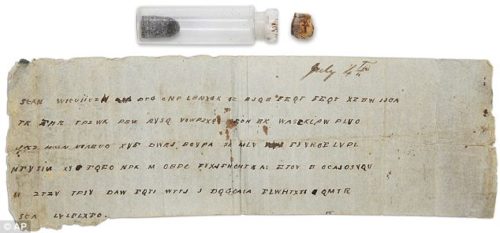Craig Thompson is interviewed by Sailing in Marin. He discusses how two factors are influencing the location of the event: poor and unsafe state of the city piers and proximity to automobile parking.
It just happened that piers 27-29, 26-28 are in better shape than some of the piers being considered further south, which will help speed things up as they wont require as much work or environmental assessment work allowing us to up and running a lot quicker. As is well documented, pier 30-32 which will be part of the new plan is going to require extensive rebuilding. It’s not in good condition. It’s not so busy in the southern part and there’s not as much foot traffic. Being in the northern part has other benefits – it’s much better from a public standpoint as this is where the people are anyway. It’s phenomenal and doesn’t get much better. How often can you come into a city like San Francisco and stage an event right there in the center of everything? And then having the course running along the waterfront like it does so that people can actually come out, park their car, walk down to the beach and watch the racing. It’s a very unique opportunity.
That is a strange statement. No one who lives in the Bay Area is going to say people should come park their car at the piers, given that parking is impossible even on a regular day. Maybe it is a plug for an automobile sponsor like BMW?
However, trains, trolleys, cable cars, subway (BART), and buses all run directly and within walking distance to southern piers. There also is no beach at any of the southern piers that he mentions, so he must be hinting that races will happen further north.
I understand the benefits to use piers in better shape but the city is wise to recondition and make use of the piers that are in the worst shape like 30/32. Wind and water conditions are more favorable at the southern piers also, further away from the nuclear gusts that fire through Golden Gate to Angel Island.
Development to the south is great news for the city and improving the safety of the waterfront. South Beach / China Basin is the most exciting area for commercial development. It helps shore up public use of these areas, while providing excellent views from both sides of the Bay. The northern piers make sense for tours, parades and photo shoots when the weather permits but public access and transportation options are limited. Hopefully the focus of events will be southern…and hopefully no one will drive a car.
It is notable that Thompson is from Southern California, which allowed the automobile companies to back-stab and murder mass transit systems in order to boost car sales. Although San Francisco also was threatened by the same situation, much of the infrastructure has been able to survive.
San Francisco was a city without much surplus land to use for roads and depended on its cablecars and its Key system, a system operating 230 electric trolleys and trains. Immediately after acquiring controlling interest in the parent company of the Key system, National City Lines announced its plans to replace the entire system with a fleet of—you guessed it—General Motor’s buses. The Key system owned rights of way across the Golden Gate Bridge; these rights of way were paved over to make way for cars and buses. San Francisco’s recently developed light rail system, (the Bay Area Rapid Transit system, generally known as BART,) had no right of way across the Bay Bridge and was forced to tunnel under the bay at a cost of $180 million.
The right of way issue is essential to the success or failure of a transit system in America.
Once we had a mass transit system, a system that was the envy of the world. This system was almost entirely a private enterprise. What began the demise of mass transit was the loss of rights of way. When trolleys are forced to compete with the more mobile cars and trucks for space, the trolley loses time. This reduces the number of passengers per mile a trolley can carry. It plays havoc with the transit schedule. It also means that it can be quicker to get somewhere using your own car than taking a trolley.
It may be quicker for a few, but less efficient and more harmful overall. So, again, hopefully the development groups working on the next America’s Cup think about the inefficiency of the automobile and discourage people from driving. After all, the America’s cup is about technology and efficiency — using a set amount of input (wind) — so modern and clean public transportation options should be integrated into thinking about the event.

